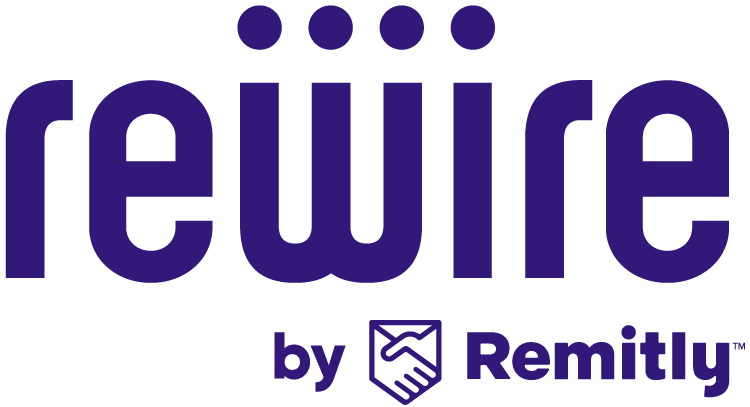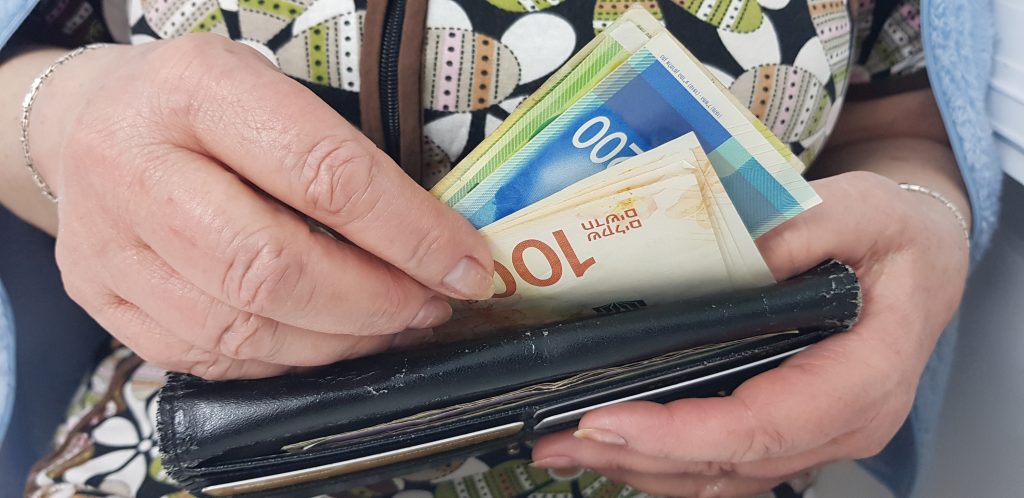Forget everything you know about banking systems, it’s time to start fresh. We know, the banking system is as old as time and you don’t mess with a system that works. Or do you?
When it comes to speed and convenience, technology is a wonderful thing that tends to disrupt outdated methods. Online banking services, also known as online banks, internet banks, or direct banks, take advantage of technology to give you all the benefits of a physical bank branch, plus a plethora of perks that save you time and money and make sure to reward your loyalty.
It’s All About the Money
Naturally, the only reason to obtain a bank account (online or offline) in the first place, is to keep one’s financial affairs in order. Whether we’re talking about financial activities such as money transfers or simply having a secure place to deposit your salary, the one thing we can all agree on is that an account that provides banking services is absolutely needed for everyone around the world.
Most modern banks access funds electronically, and some still offer the option to scan images of checks to upload – front and back sides. Direct deposit and free incoming wire transfers are commonplace too. With this in mind, while they still offer all the costly, time-consuming services provided by physical branches, online banking services tend to do so at a small nominal fee and often, at no cost.
For instance, with an online bank account, you go paperless, and the bank has no reason to charge you for printed account statements and postage. Maintenance fees are also close to symbolic. This is because online banks count on Internet cloud storage and modern technology to work. Technology will allow you to access such account from any device with a secure Internet connection: smartphones, tablets, laptops, and PCs. What this means for you is that an online bank will charge less for its services because it has fewer expenses to cover. It’s a win-win-win situation for customers, online banks, and the environment as no printed paperwork means no carbon footprint.
Safety First. Or, How Does Online Banking Actually Work?
Online banking is generally extremely secure as the companies that operate them tend to hire top cybersecurity talents who build a solid infrastructure for banking services and comply with strict regulations to ensure the safety of their customers.
With this in mind, taking precautionary measures is always a good idea. So, when dealing with online banking services, be sure to:
- Install a reliable firewall on your device and not use a public Internet network.
- Change your password frequently and choose one that is hard to guess.
- Access your online bank account from the original link you bookmarked in your browser. Any notifications will be available upon your login too. Don’t reply to emails or click on links in suspicious emails that claim that they are from your online bank. When you receive a suspicious email, contact support before clicking on any links or replying.
The extra-close eye and heavy security measures prove their worth as statistics already show that 80% of Americans, for example, would rather bank digitally than visit a brick-and-mortar branch. Moreover, as the world is rapidly going digital, online banking is simply the next logical step.
How to Open an Online Banking Services Account?
Typically, opening an account is pretty easy. You will need to provide identification papers and fill in all of your information. With Rewire, for instance, the process is as straightforward as can be.
All you need to do is:
- Prepare your identification documents as required by the local legislation of the country where you reside: passport, identity card, driver’s license, or other.
- Download the Rewire app for your phone and click Sign Up. Using the app is optional. You can follow the same steps on your desktop PC.
- Fill in the form with all the required details: name, phone number, email address, and password.
Voila. You are all set up. When you are done registering, you can decide what you want to do next: add funds to your Rewire account, send money worldwide, and much more.
A 2018 Deloitte survey revealed that 73% of consumers use an online banking channel at least once every 30 days – an impressive number considering the hardship of adapting to new technology. Yes, we know, trusting new technology is not something that comes easily, especially when that technology is supposed to guard our hard-earned money. With this in mind, online banking seems to make sense for most customers, and the simplicity of the process converts even the most resistant nay-sayers.










